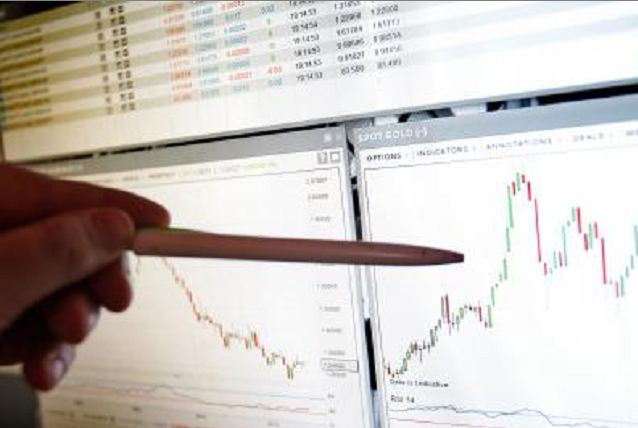
Russian stocks fell the most in the week since 2012 and the ruble extended losses as the plunging price of oil damped investor demand for assets in the world’s biggest energy exporter.
Russia’s currency declined 2 percent to 77.61 per dollar by 7 p.m. in Moscow, the biggest drop among 24 emerging-market currencies tracked by Bloomberg.
The Micex Index lost 8 percent during the week as Brent crude traded under $30 per barrel on signals Iran is moving closer to boosting exports.
“Oil has dropped below an important psychological level of $30 and many investors were taken aback,” said Oleg Popov, a portfolio manager at Moscow-based April Capital. “Some traders must have lost it and pressed the sell button in a panic.”
The ruble may weaken to about 80 to the dollar, taking it to a record low, if Brent drops to $26, according to the Royal Bank of Scotland Plc. Russia, which gets almost half of its revenue from oil and natural gas sales, is considering cutting spending by as much as 10 percent to limit the shortfall in a budget based on crude at $50 a barrel.
“We expect further ruble depreciation,” said Tatiana Orlova, a senior economist for Russia and the Commonwealth of Independent States at RBS in London. “Given the anecdotal evidence of a large build-up of speculative hedge fund oil shorts, we are concerned about the high risk of a sharp correction in the oil market in case of a geopolitical shock concerning a major oil producer.”
The weaker currency has intensified inflation risks, Bank of Russia First Deputy Governor Ksenia Yudaeva said in an interview on Thursday. While the bank wants to cut its benchmark rate of 11 percent as inflation cools, it cannot “completely” rule out having to tighten policy.
“If foreign investors start running for the exit with oil trading at a 12-year low, that could be the source of additional selling pressure on the ruble due to a fresh wave of capital outflows,” said Piotr Matys, a strategist for emerging-market currencies at Rabobank in London.